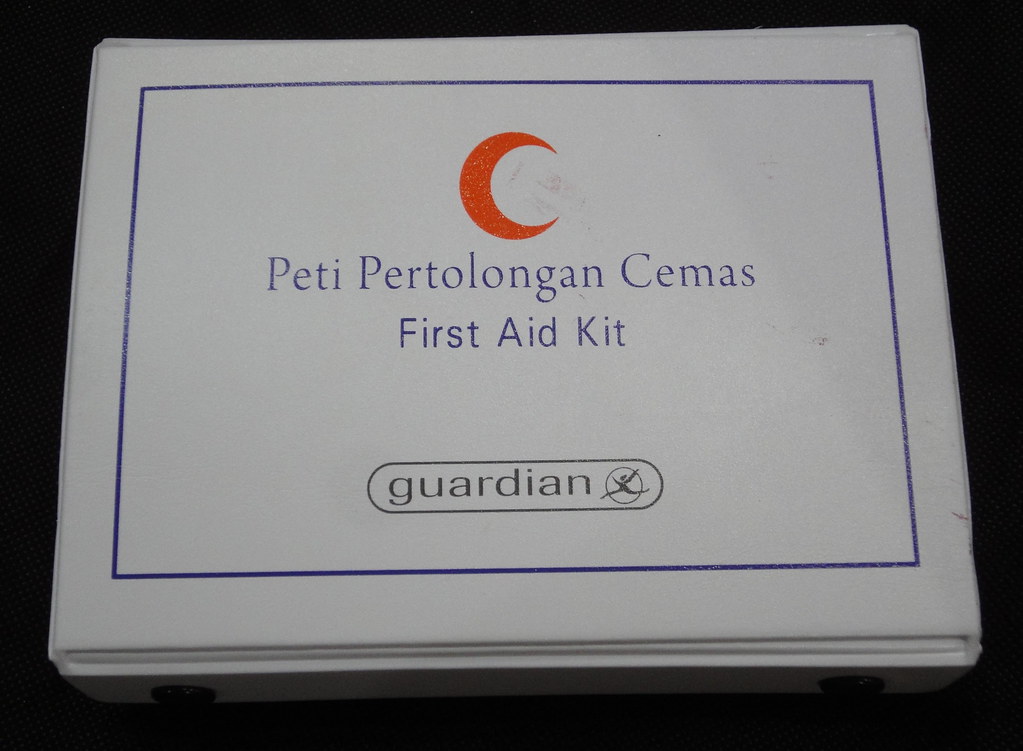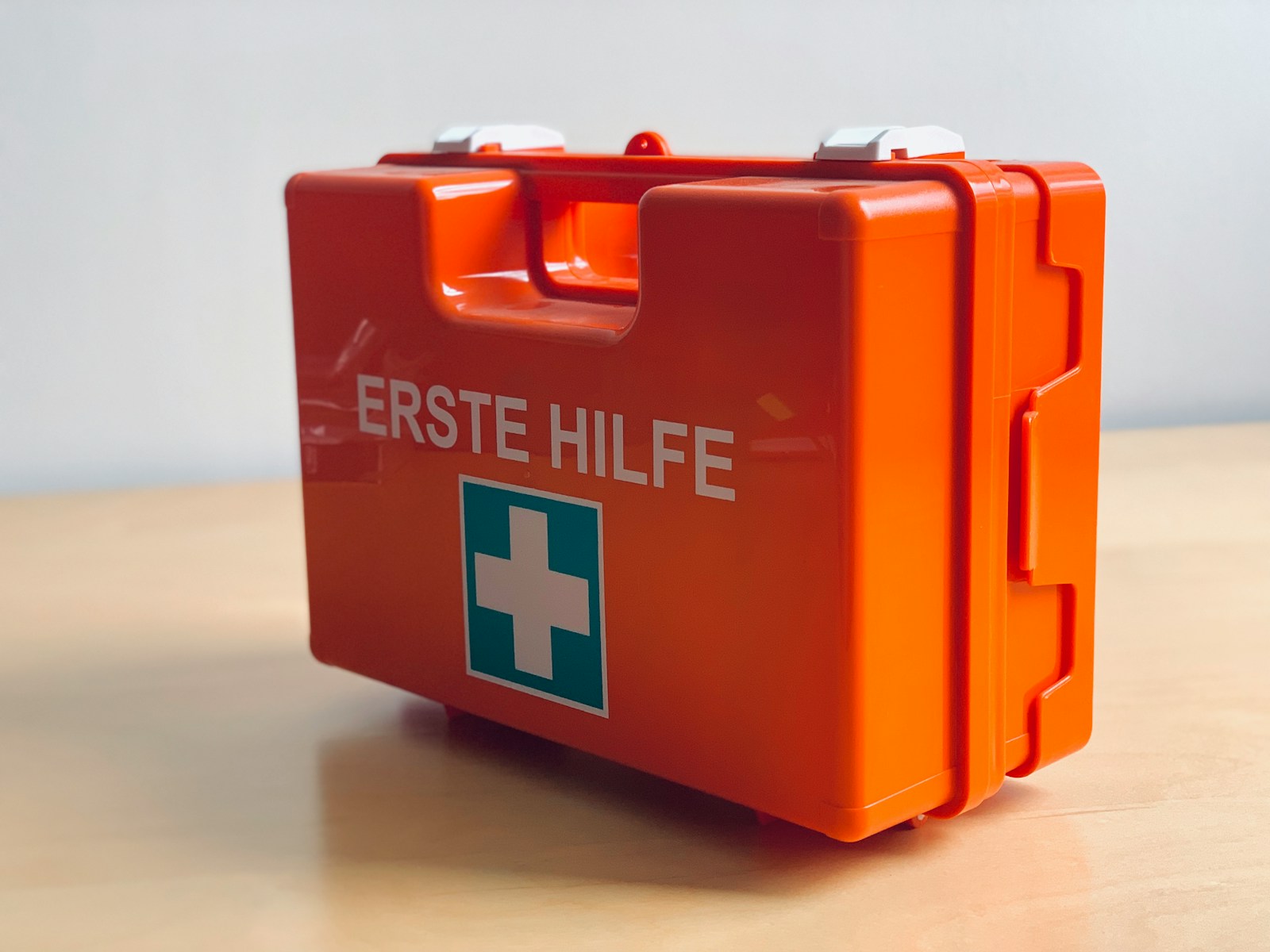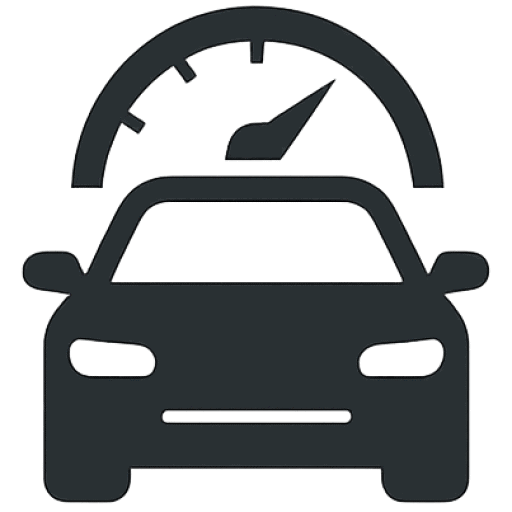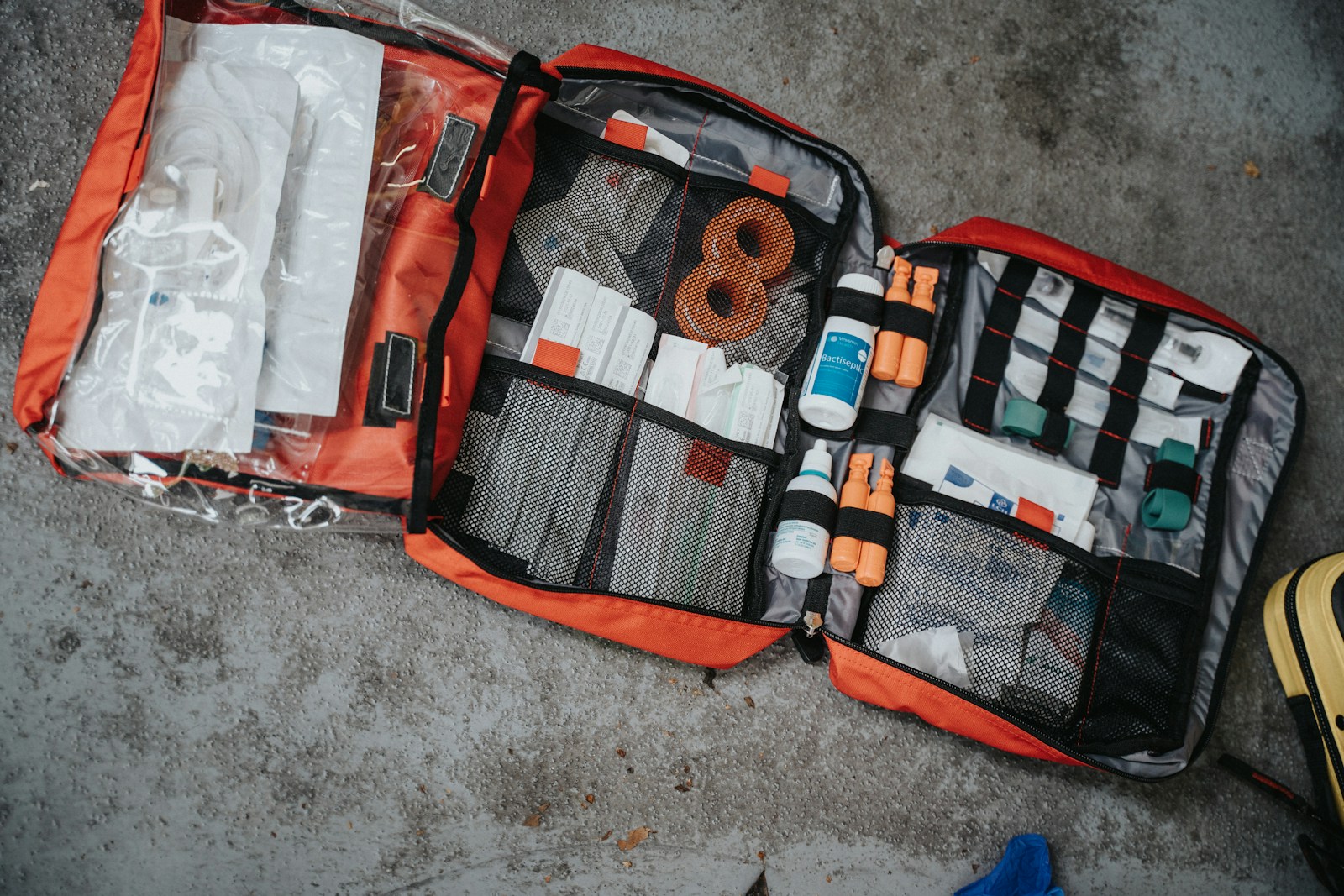Whether you’re commuting across town or embarking on a long road trip, being prepared for the unexpected is a must. A well-stocked car emergency kit can turn a stressful situation into a manageable one—and in some cases, even save your life.
In this guide, we’ll cover the must-have items for every vehicle emergency kit, why they matter, and how to tailor your kit to different climates, vehicles, and lifestyles.

🚨 Why You Need a Car Emergency Kit

Car trouble doesn’t always strike in ideal conditions. From flat tires on lonely roads to breakdowns in bad weather, emergencies can happen at any time. A good kit helps you:
- Handle mechanical issues until help arrives
- Stay safe and warm in harsh conditions
- Communicate when your phone is dead or out of range
- Provide first aid in case of injury
Whether you’re a daily driver or weekend adventurer, an emergency kit is one of the smartest things you can keep in your car.
🧰 Basic Car Emergency Kit Essentials
Start with these core items that cover the most common roadside emergencies:
1. Jumper Cables or Jump Starter
Dead battery? A set of quality jumper cables or a portable jump starter can get you back on the road fast—especially if you’re far from help.
2. Tire Repair Tools
- Spare tire (make sure it’s inflated!)
- Jack and lug wrench
- Tire pressure gauge
- Tire inflator/sealant (like Fix-a-Flat)
These tools let you either change a flat or temporarily patch it until you reach a shop.
3. Flashlight + Extra Batteries
If you break down at night, a flashlight is critical for visibility and safety. Opt for a LED model with a long battery life.
4. First Aid Kit
Stock with basics like:
- Bandages
- Antiseptic wipes
- Pain relievers
- Tweezers
- Medical tape
- Gloves
You can buy a ready-made one or build your own.
5. Multitool or Basic Tool Kit
A good multitool (like a Leatherman) can be a lifesaver. If you’re more hands-on, a small toolkit with screwdrivers, pliers, and wrenches is even better.
6. Reflective Warning Triangles or Flares
Alerting oncoming traffic to your breakdown can prevent accidents—especially on highways or dark roads.
🧤 Seasonal & Weather-Specific Add-Ons
Depending on your location or travel habits, you may want to add items tailored to winter, summer, or remote conditions.
For Cold Weather:
- Blankets or emergency space blankets
- Hand warmers
- Ice scraper and snow brush
- Shovel
- Traction mats or cat litter (to get out of snow/ice)
For Hot Weather:
- Extra water bottles
- Portable fan or cooling towel
- Sunscreen
- Wide-brim hat or umbrella for shade
For Remote or Off-Road Driving:
- Portable air compressor
- Tow strap
- Extra gas can (empty and safe)
- Portable tire traction boards
- GPS device or paper maps
🔌 Tech and Communication Tools
Today’s cars are full of electronics—but when your phone dies or you lose service, it helps to be prepared.
- Portable phone charger or power bank
- USB charging cable
- Battery-powered or crank emergency radio
- Paper copy of emergency contacts and insurance
🍫 Food and Hydration
You don’t need a feast—just non-perishable snacks to tide you over during a delay or long wait for help.
- Energy bars
- Dried fruit or nuts
- Bottled water or collapsible water pouches
- Electrolyte tablets (especially in hot climates)
Rotate your food and water supply every 6 months to keep everything fresh.
🧼 Hygiene and Comfort Supplies
In longer emergencies, basic hygiene can make a big difference in comfort and safety.
- Hand sanitizer
- Wet wipes or baby wipes
- Trash bags
- Tissues or toilet paper
- Compact towel or rag
🛒 Quick Checklist Summary
| Category | Must-Have Items |
|---|---|
| Safety & Visibility | Flashlight, warning triangles, flares, reflective vest |
| Mechanical Tools | Jumper cables, tire repair kit, jack, basic tools |
| Health & First Aid | First aid kit, gloves, pain relievers |
| Climate Essentials | Blankets, ice scraper, water, sunscreen, traction aids |
| Tech & Communication | Power bank, charger, emergency radio, printed contacts |
| Food & Hygiene | Snacks, water, hand wipes, trash bags, paper towels |
🧠 FAQs
1. Where should I store my car emergency kit?
Keep it in your trunk or cargo area in an organized bin or duffel bag. Make sure it’s easy to access, even if your trunk is full. Some items like a flashlight or first aid kit are smart to keep inside the cabin as well.
2. How often should I check or update my kit?
Check your kit every 6 months. Look for:
- Expired medication or snacks
- Low flashlight batteries
- Rusted tools
- Weather-damaged packaging
Update it seasonally, especially before long road trips.
3. What’s better: jumper cables or a portable jump starter?
Jump starters are more reliable if you travel solo or in remote areas where another car might not be available. They also usually include a flashlight and USB ports. However, jumper cables are cheaper and still very effective if help is nearby.
✅ Final Thoughts
A car emergency kit is one of the most practical investments you can make as a driver. It doesn’t take much space, doesn’t cost a fortune, and can dramatically improve your safety and comfort during a breakdown, accident, or natural disaster.
Start with the basics, then customize your kit to your driving style, weather, and family needs. Because when the unexpected happens—and it will—you’ll be glad you planned ahead.
Let’s Talk Cars
Have a question? A suggestion? Just want to say hi?
You’re in the right place.
Use the form below to reach out to the AutoSpecs Daily team. We're happy to hear from readers, car lovers, first-time buyers, and anyone who's got something to share.
What can you contact us about?
- Feedback on one of our articles
- Ideas for new topics you'd like us to cover
- Questions about cars, gear, or general auto advice
- Media, partnership, or brand inquiries
- Anything else that's on your mind
We check every message that comes through and do our best to respond within 2 to 3 business days.
We don’t list an email address here to avoid spam, but the contact form is the best and fastest way to reach us.
Thanks for stopping by. We're glad you're here.

